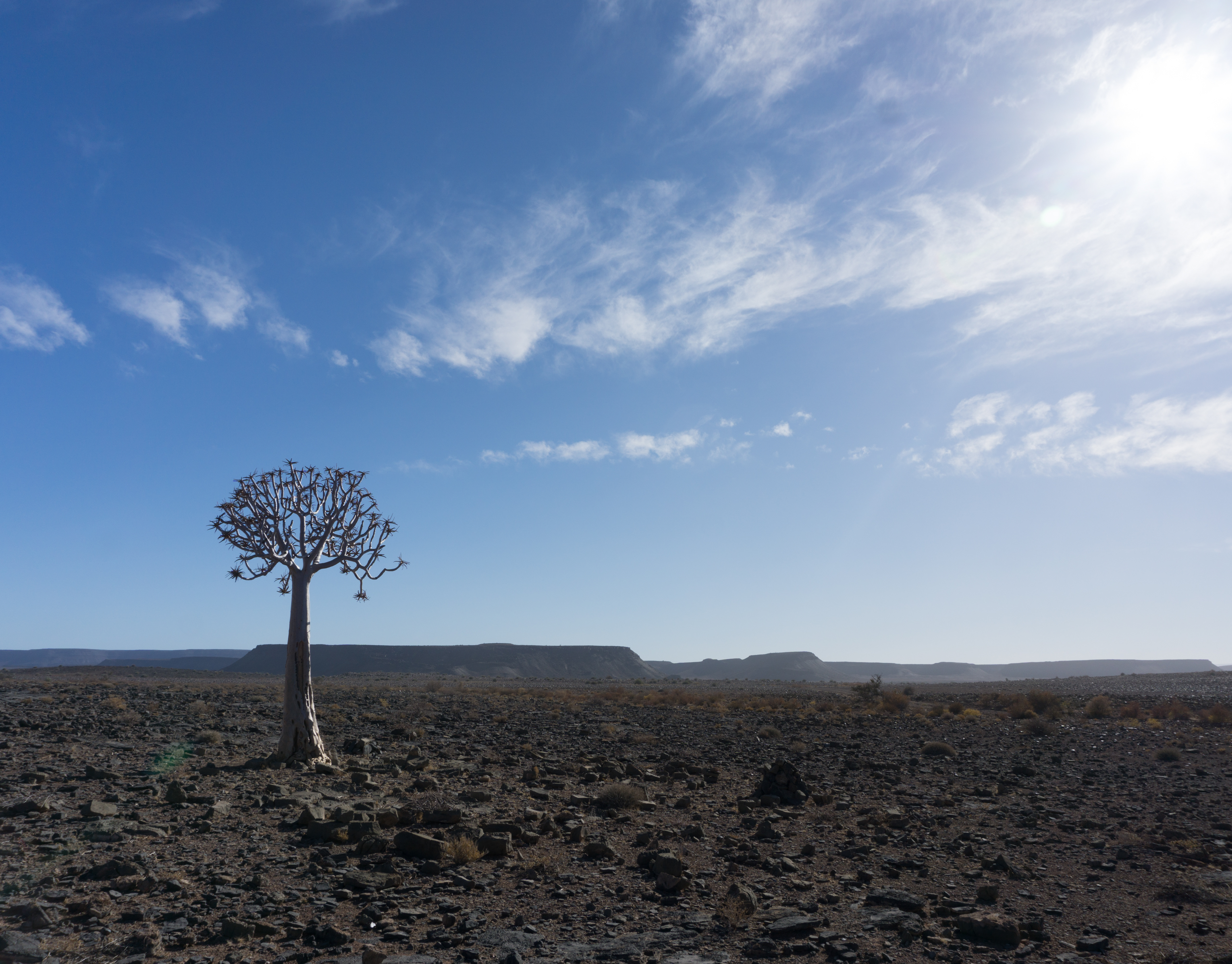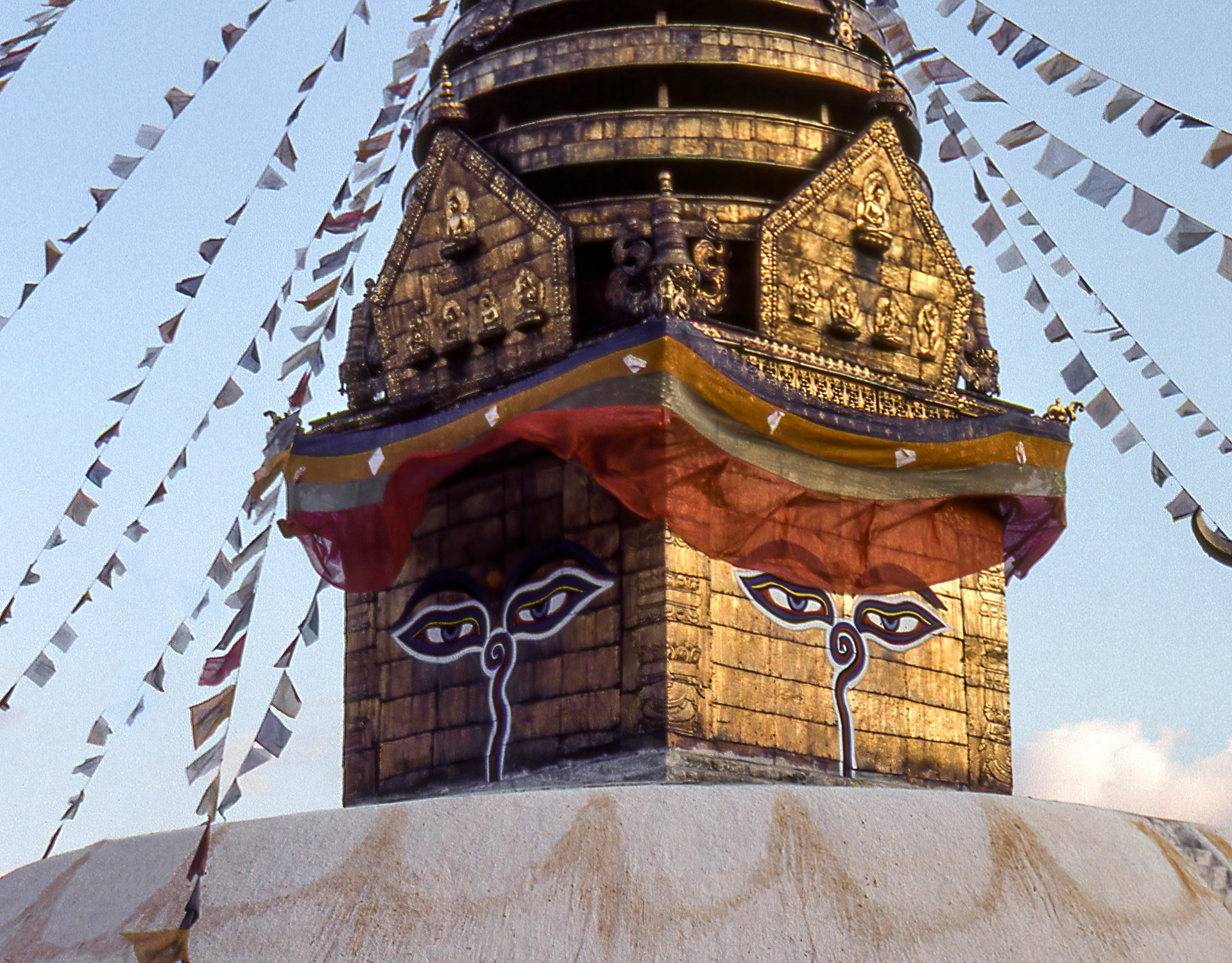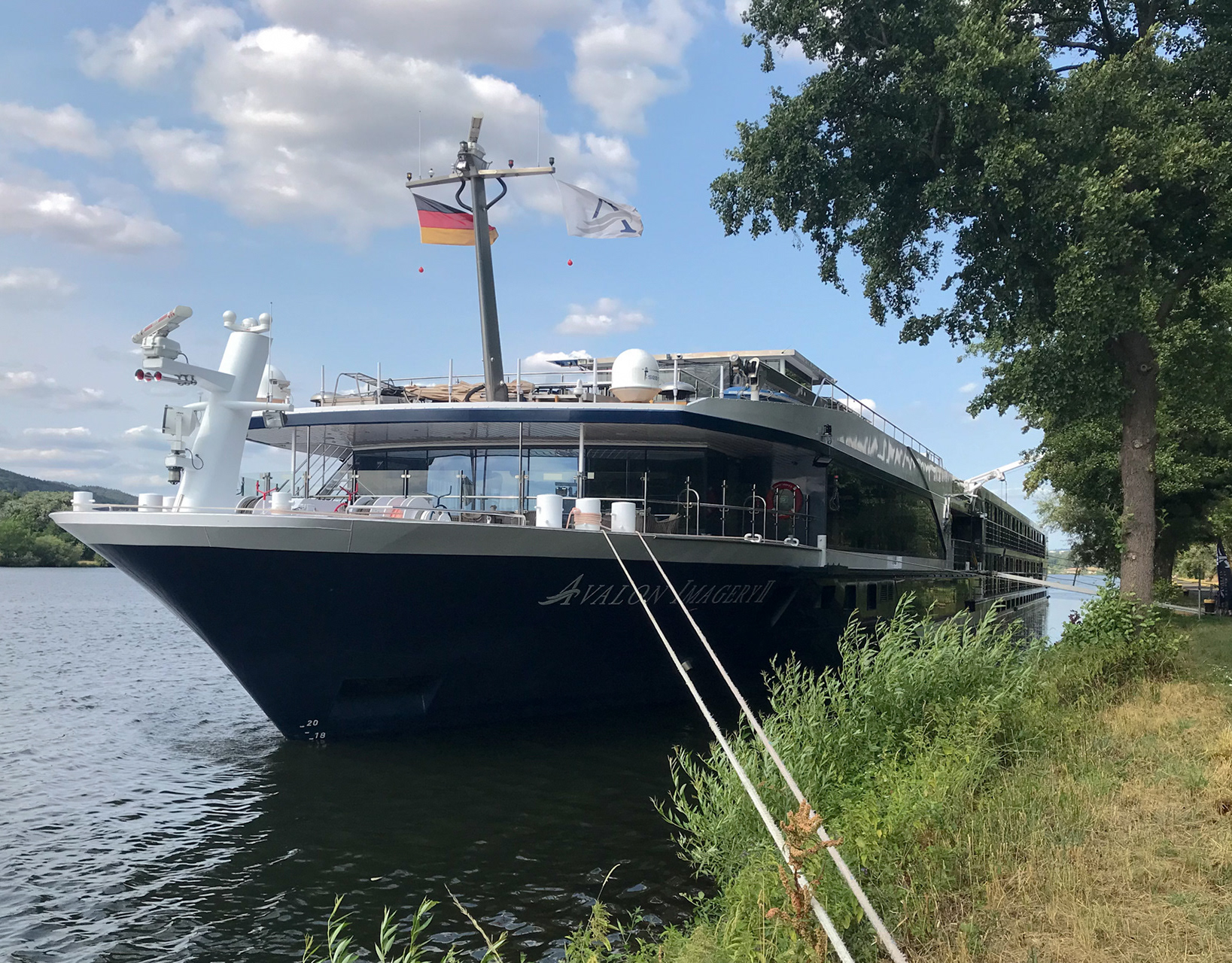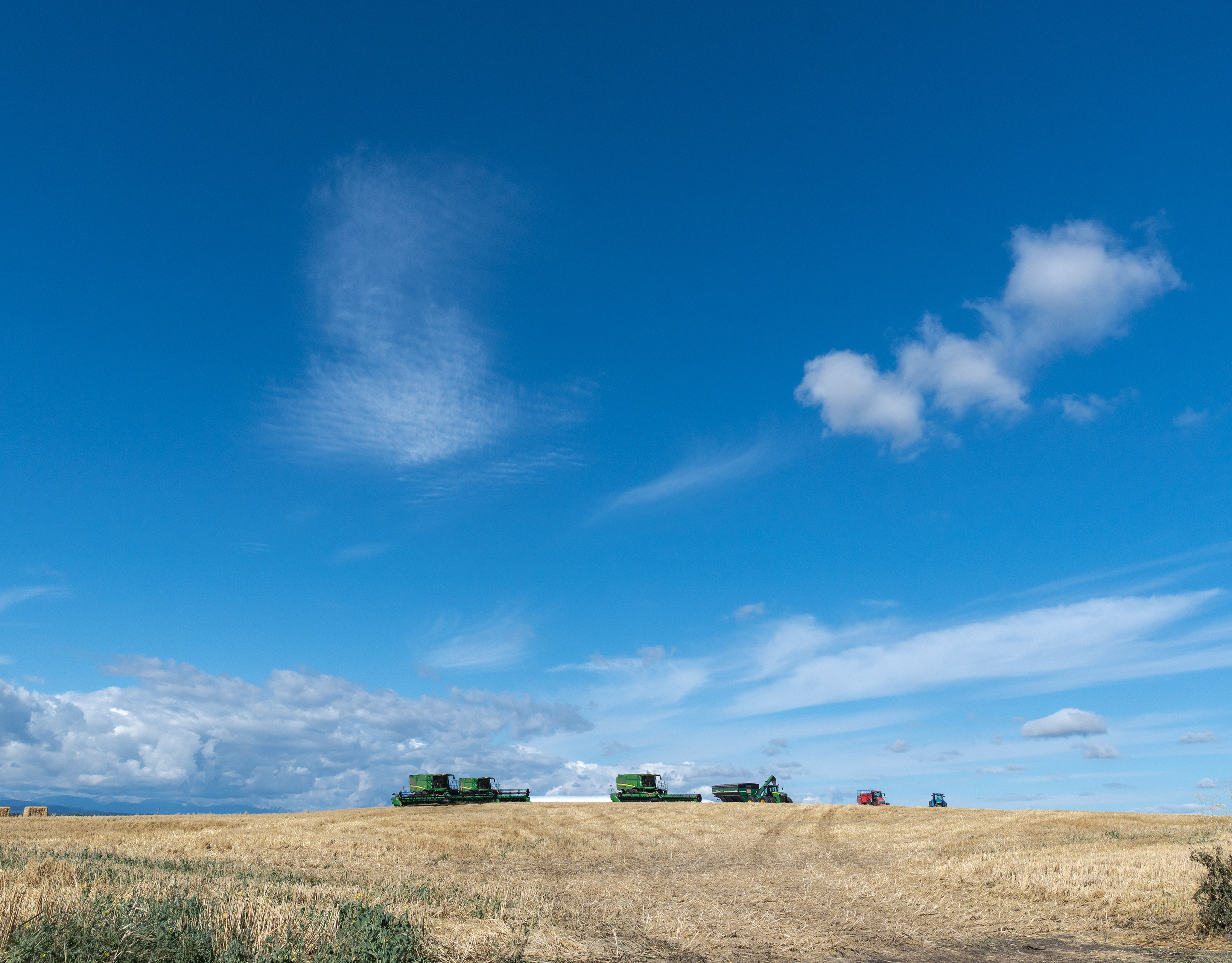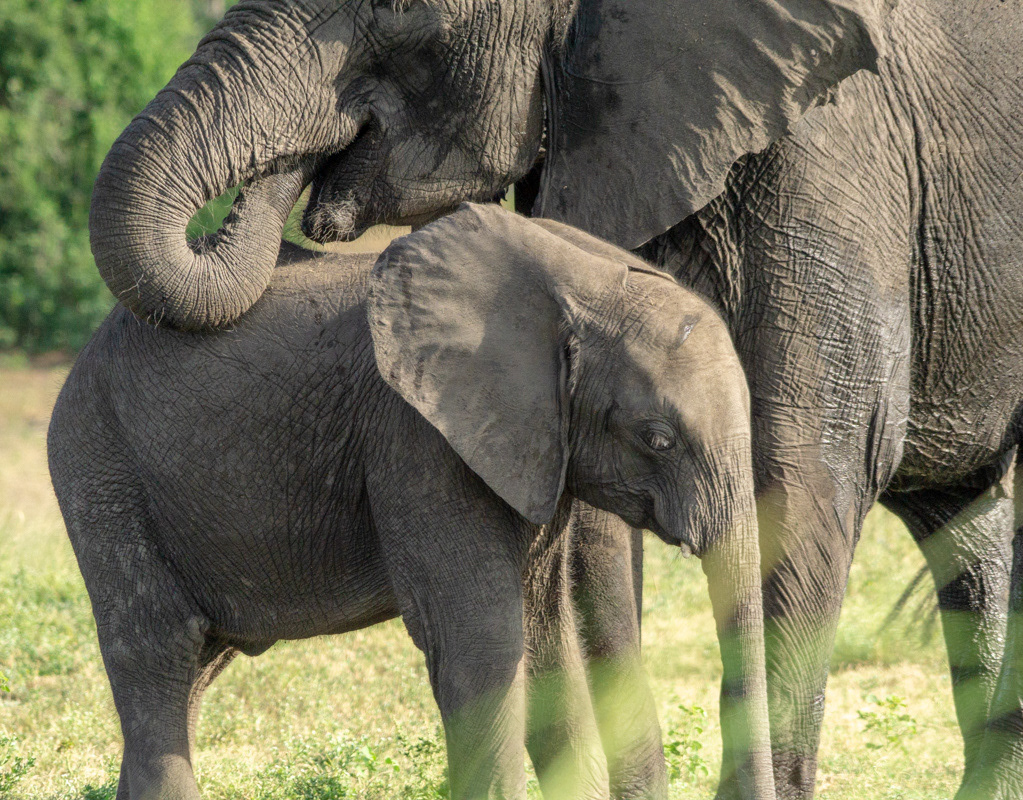
It's a six hour drive to Yala

Yala Chalets





Fresh fruit in abundance


Early morning - park entry

Lunch stop

It was yummy

As startled as we were

The downpour is brief


The Guardians

Tourists behaving badly
Weheragala Reservoir



Pond Heron - they're everywhere!
Purple Heron
Purple Heron Preening

Rose-ringed parakeets


Crested Hawk Eagle
Crested Snake Eagle
Little green bee-eater
Itchy

Indian Roller

Egret & Hyacinths

Water Lillies

Giant Cealotrope

White-throated Kingfisher

Grey-headed Fish Eagle

Plain Prinia

Curlew

Chital




Monsooning

Still smiling




Lunch spot



The trees are amazing


Everyone's listening for alarm calls to find leopards
Peafowl - Yala NP


Malabar pied Hornbill - female
Malabar pied Hornbill - male
Tufted Grey Langur

Toque Macaque

Bengal Monitor Lizard
Rose-ringed parakeets







Leopardess






Fruit Bats


Bus Station

Garden Centre

Juxtaposition



Rice fields











Nest 62 contained 90 eggs





They're Loggerhead, Green and Olive Ridleys









Karen doing her thing!


Image courtesy @bobbyjophotography








Out guide spotted the Croc


Salt Water Crocodile

Mugger Crocodile



Mugger Croc Juvenile

Sri Lanka bronze skink





We return frequently to check for Leopards

Golden Jackal


Yes, we were caught in the downpour
Tusker - only 10% of males have visible tusks in Sri Lanka - no females have visible tusks.

Trucking Through - Large male in Musth

Reaching for the best browse

Pheasant tailed Jacana

& chick

Chestnut-headed Bee-eaters

Love you and leave you





Black-winged Stilt
Stone Curlew (Thick Knee)







Welcoming committee





When it's rainy season


There is a road around the shore

We are on the road!


Greater adjutant Stork

Black-necked Stork

Painted Stork

Asian Open-billed Stork

Eurasian Spoonbill
Chital Stag

Black-necked Hare

Bengal Monitor Lizard - Big Boy!



Brown Fish Owl
Little Cormorant aka Indian Cormorant





Crested Hawk Eagle - Juvenile

Lunch Break - Crested Hawk Eagle - Adult
Pin-tailed Snipe
Leopards & Water lilies
A final sunset in Kumana
















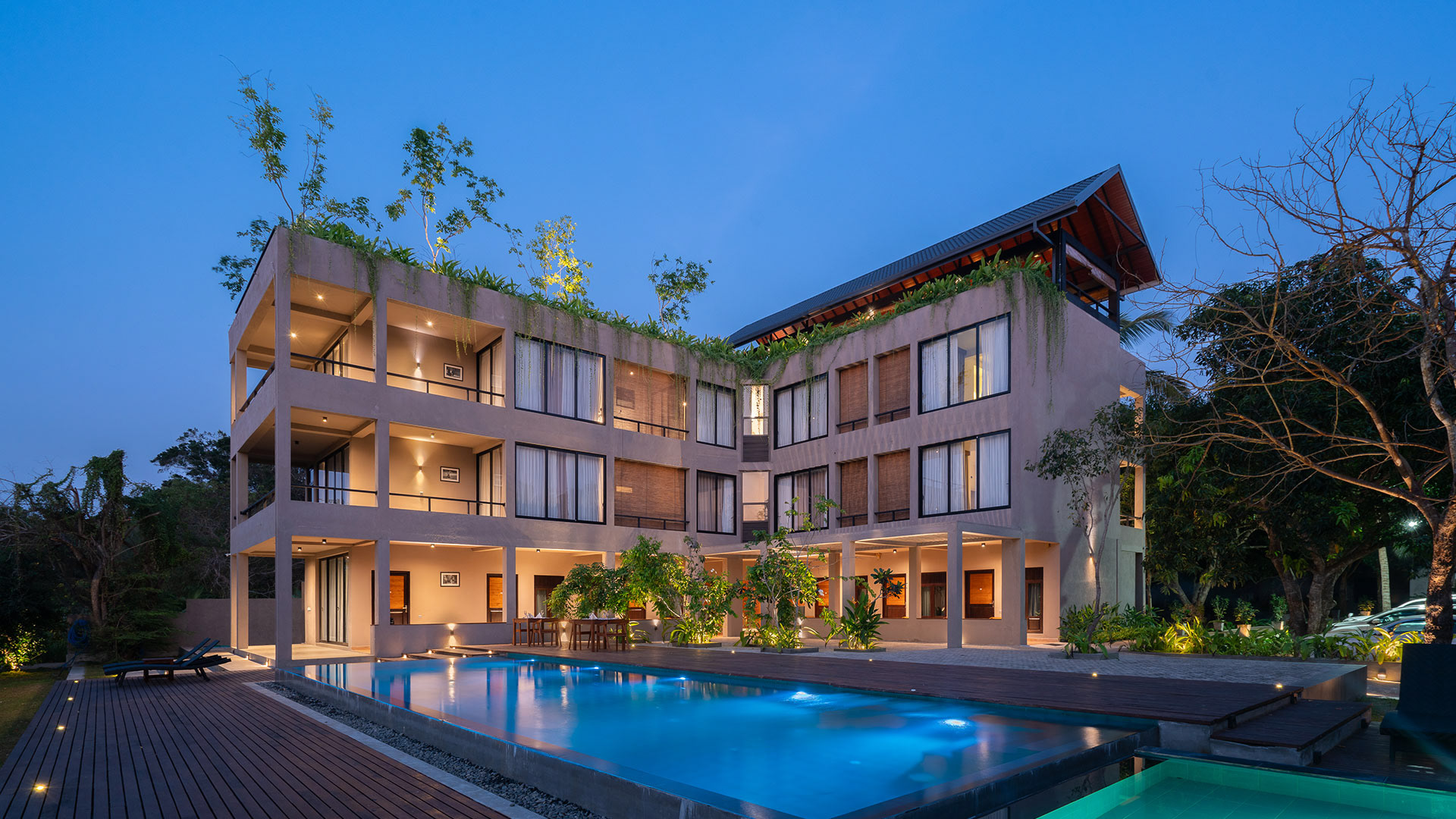





Soup

Veggie Roll

Veggie Balls

A Western Dinner

Banana Fritter
Image @bobby-jo photography

